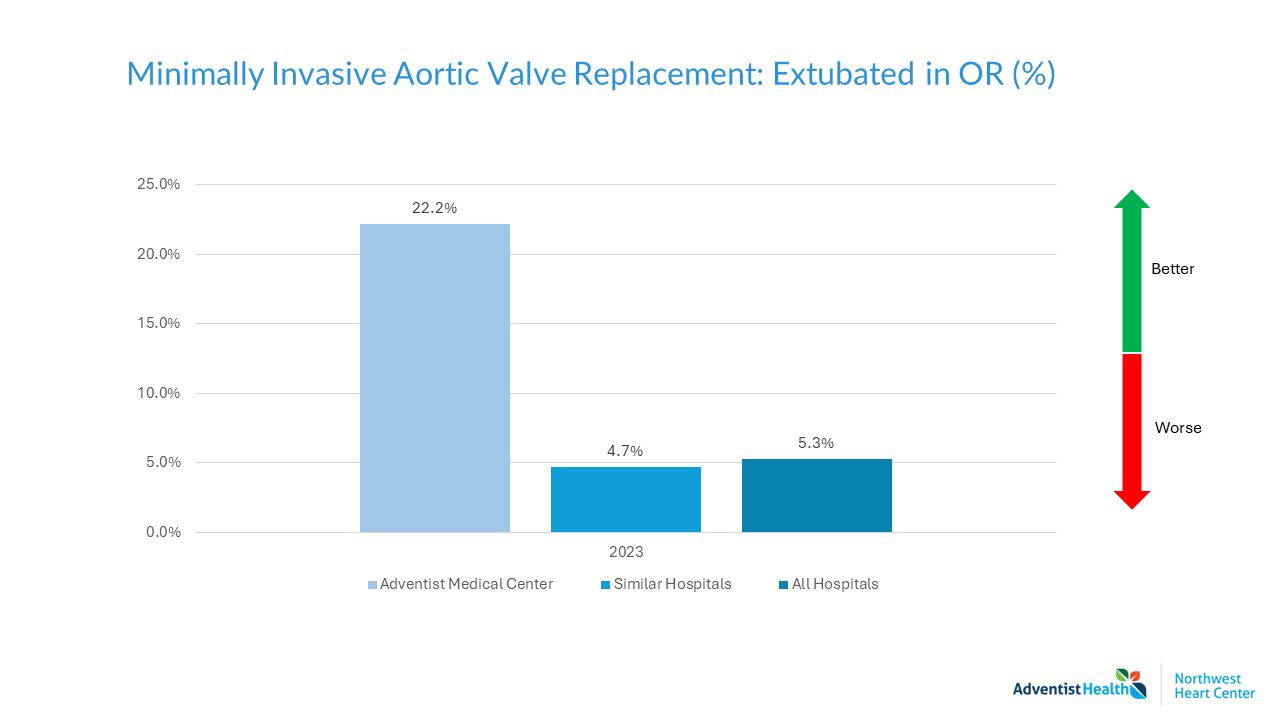The Society of Thoracic Surgeons is an international not-for-profit organization representing cardiothoracic surgeons, researchers, and other health care professionals with a mission to enhance their ability to provide the highest quality patient care through education, research, and advocacy.

The STS Adult Cardiac database is the world’s premier clinical registry for cardiac surgery. The database gathers information from more than 90% of the groups that perform cardiac surgery in the United States.








